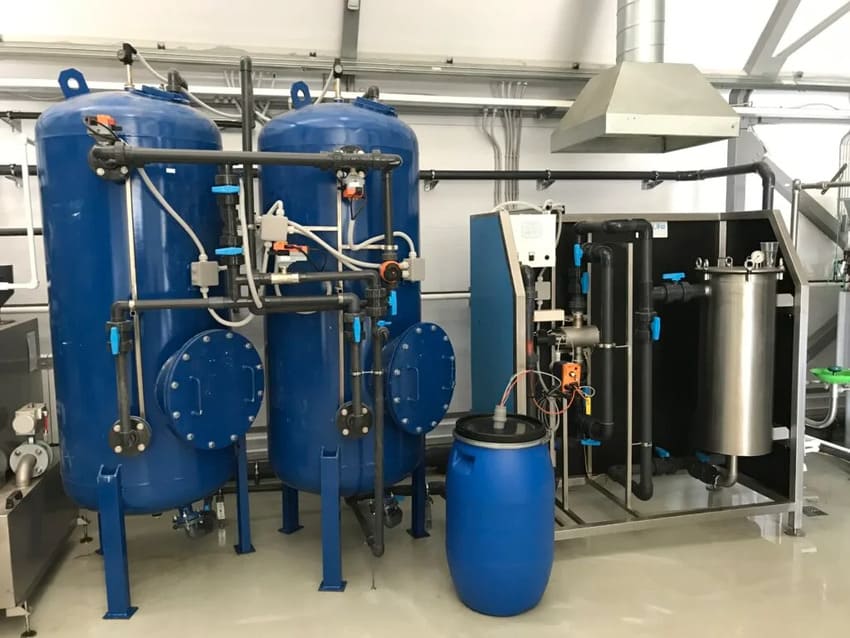
Analytical chemistry
Analytical chemistry studies and uses instruments and
methods used to separate, identify, and quantify matter. In practice,
separation, identification or quantification may constitute the entire analysis
or be combined with another method. Separation isolates analytes. Qualitative
analysis identifies analyses, while quantitative analysis determines the
numerical amount or concentration.
Analytical chemistry consists of classical, wet chemical
methods and modern, instrumental methods. Classical qualitative methods use
separations such as precipitation, extraction, and distillation. Identification
may be based on differences in color, odor, melting point, boiling point,
radioactivity or reactivity. Classical quantitative analysis uses mass or
volume changes to quantify amount. Instrumental methods may be used to separate
samples using chromatography, electrophoresis or field flow fractionation. Then
qualitative and quantitative analysis can be performed, often with the same
instrument and may use light interaction, heat interaction, electric fields or
magnetic fields. Often the same instrument can separate, identify and quantify
an analyse.
Analytical chemistry is also focused on improvements in
experimental design, chemometrics, and the creation of new measurement tools.
Analytical chemistry has broad applications to medicine, science and
engineering.
- Analytical Chemistry Measurement and Error
- Chemical Equilibrium Titrations
- Acid-Base Chemistry
- Electrochemistry
- Spectrophotometry
- Atomic Spectroscopy
- Mass Spectrometry
- Gas and Liquid Chromatography
- Capillary Electrophoresis
- Inorganic Chemistry
- Organic Chemistry
- Physical Chemistry
- Analytical Toxicology and Food Analysis
- Pharmaceutical Analysis
- Geochemical and alloy analysis
- Carbon Nanostructures and Applications of Nanotechnology
- Analysis of Body Fluid
Recent Published
Submit Manuscript
To give your manuscript the best chance of publication, follow these policies and formatting guidelines.


